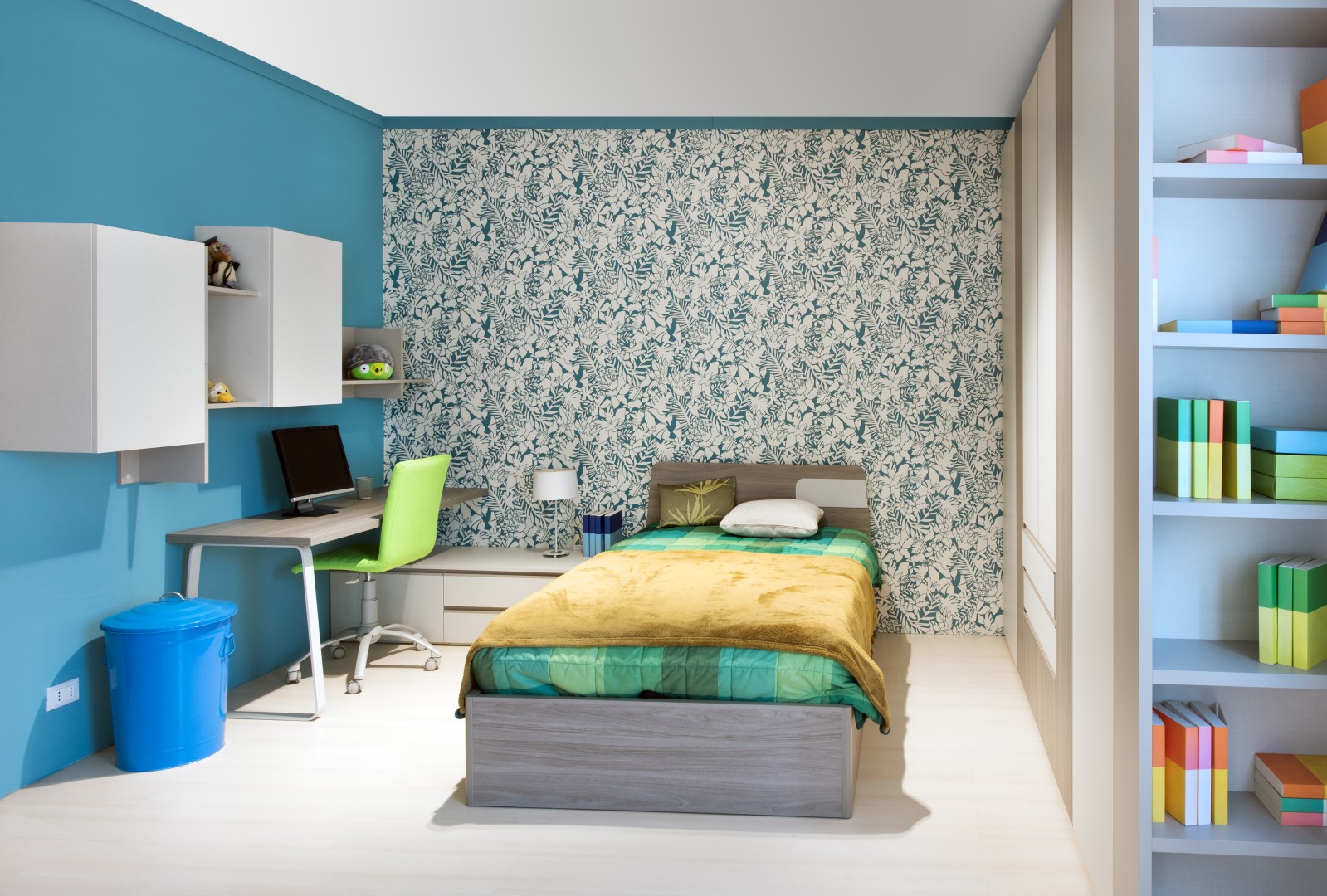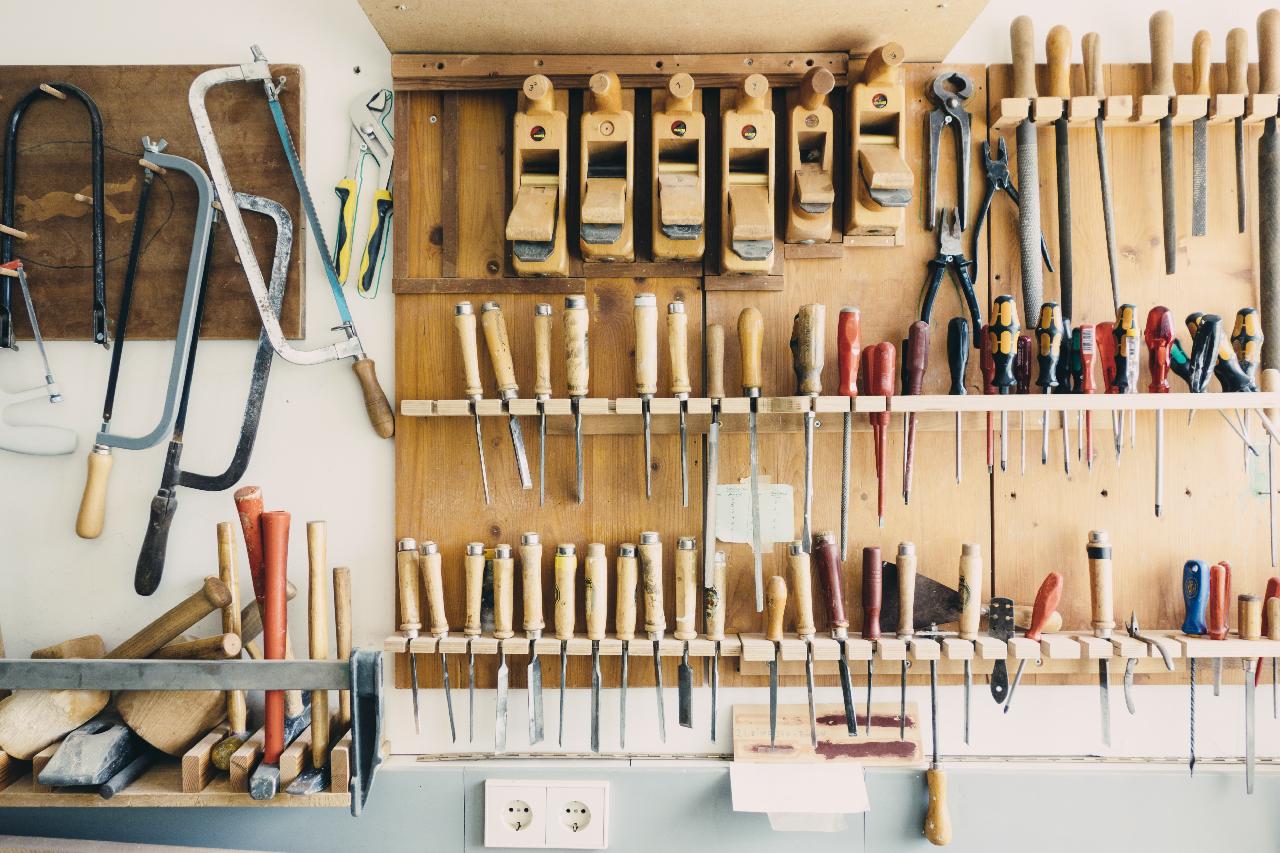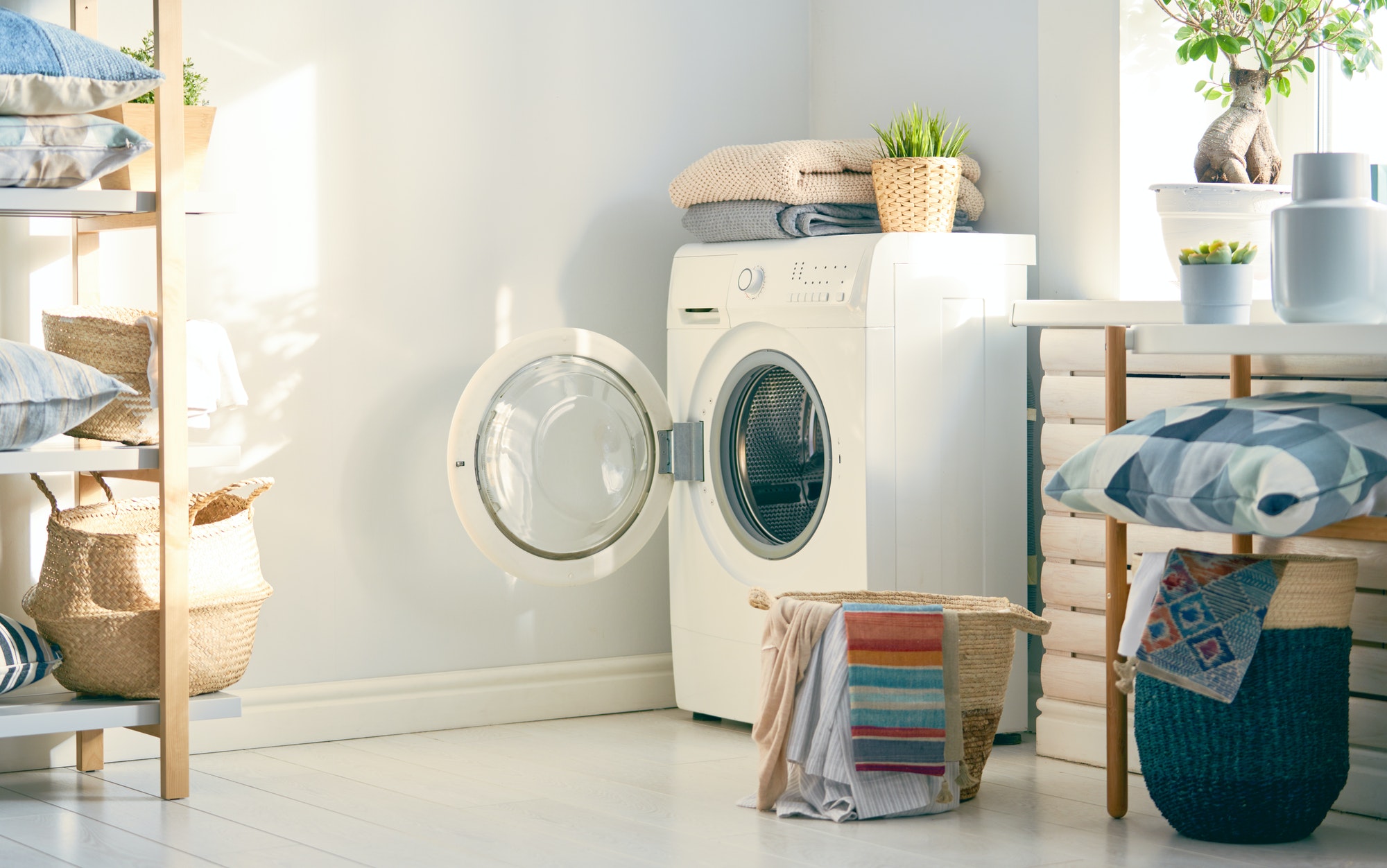Managing a household is a challenging task, let alone in our current fast-paced world, full of responsibilities and things to do. It’s easy to become overwhelmed and lose control, falling into chaos and disarray.
But while there is no magic solution, you can get something almost as good as a quick homemaking spell with some dexterity and a couple of tricks.
Whether decluttering, cleaning, or economizing, the following household tricks and tips will help you manage your home as efficiently as possible.
Tips to Keep Your Home Organized
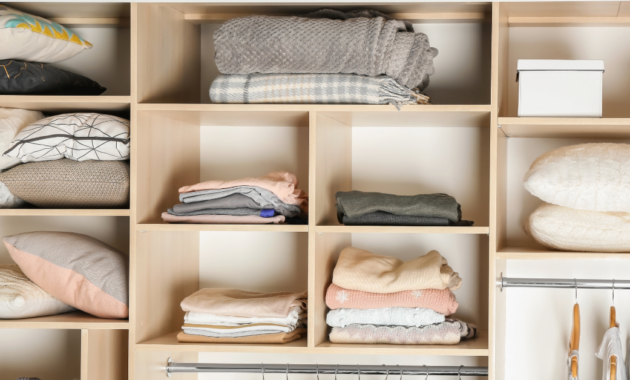
1. Make Your Bed
It may sound small and inconsequential, but making your bed can be the first step in an efficient and productive routine.
According to William H McRaven, author of the best-seller self-help book Make Your Bed: Small Things That Can Change Your Life… And Maybe The World, making your bed is the foundation of an organized room and induces a sense of accomplishment as soon as you wake up.
2. Assign a Place for Each Item
Each item in your house should have a permanent home to return to once you’re done using them, according to the order guru per excellence, Marie Kondo.
If you assign a permanent storage area to every item, you can prevent misplacing them when you use them, which is the key to guaranteeing efficient and effortless order. Keep similar items in the same storage area, box, or cabinet to ensure you always remember where everything goes.
3. Declutter Your Books
If you’re a bookworm, a student, or both, then book clutter is a real threat and one of the leading causes behind a disorderly home.
Make sure to check every book on your own, determine whether or not you wish to keep it, and then proceed to find it a new home. While you can always donate them to a good cause, you can make a small profit by selling them.
Online marketplaces are always an option, but if you live in a big city, don’t hesitate to check out local guides on where to sell books in NYC or in Los Angeles.
4. Dedicate Ten Minutes a Day
At the end of the day, prevention is the most efficient method for guaranteeing order. Rather than dedicating a whole day to decluttering, save a small portion of your day and use it to organize the visible disorder you may encounter.
It doesn’t have to be exactly ten minutes—even something as small as five minutes can significantly impact your orderliness.
Tips to Keep Your Home Clean
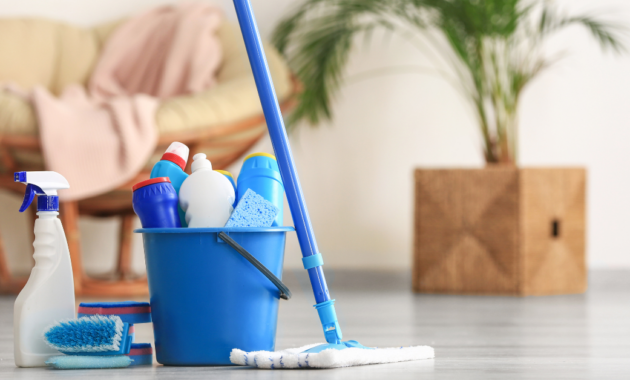
5. Go Top, Bottom, Left, Right
As a rule of thumb, you should always start cleaning by following a particular order: top, bottom, left, and right.
Starting at the top, you can clean high shelves or fixtures and have the dirt fall onto the floor, then proceed downwards. If you do the reverse, you’ll have to deal with the fallout and clean the lower areas more than once.
Going left to right is not mandatory, but going clockwise helps you visualize the area you’re working in and keep track of your progress.
6. Use a Squeegee Whenever You Can
A squeegee can shorten your cleaning time more than you imagine. This cleaning essential ensures a streak-free result on any glass or tile surface, making it perfect for the bathroom, windows, and kitchen countertop or sink.
Another unsung talent of the reliable squeegee is the battle against pet hair: you can efficiently remove pet hair from carpets, furniture, and upholstery by simply scrapping it away with a squeegee.
7. Disinfect Sponges in the Microwave
Although bleach is the best way to kill bacteria, the microwave is sometimes nearly as efficient and far more convenient.
Case in point: sponges.
You can kill nearly all germs by simply saturating your sponge in water and popping it in the microwave for a minute or two. The microwave will heat the water particles and release steam, effectively boiling the sponges.
Just be mindful—this only works on scrub or cellulose sponges. Don’t use this technique on stainless steel or other metallic sponges.
8. Vinegar is Your Ally
White vinegar is the perfect all-purpose cleaner—and you already have it at home.
Vinegar is a combination of acetic acid and water, which makes it an excellent disinfectant that, if diluted, won’t damage most surfaces. If you clean a surface with soap, water, and vinegar, odds are it is thoroughly disinfected.
Your greasy stovetop, dirty kitchen sink, or even your microwave—you can clean them all with just vinegar and water. However, remember that vinegar can damage some surfaces, such as marble or granite, so research beforehand.
Tips to Save Money at Home

9. Freeze Your Overripe Fruit
The best way to be efficient and save money is to use all your resources and not let it go to waste. If you see ripe fruit on the edge of rotting, don’t try to eat it in a rush or throw it in the bin—place it in a bag or container and store it in the freezer.
Whether you freeze it whole or pulp it beforehand, it will keep wonderfully and make for a delicious smoothie whenever you want it.
10. Wash Your Clothes with Cold Water
Do you need to wash your clothes with hot water?
Unless you are trying to disinfect your clothes or dealing with complicated stains, lukewarm water works just fine. While it is true that hot water can remove stains faster, your regular wash cycle usually handles most of them quite readily, regardless of temperature.
By using lukewarm water, you are being energy-savvy and saving a bit of money on your future bills—the very definition of efficiency.
11. Change to LED Bulbs
Did you know LED light bulbs can provide the same illumination while consuming less energy? It may seem like a small change, but it is cost-efficient in the long run and requires minimal investment.
Of course, don’t forget to turn off the lights and unplug your appliances whenever you don’t need them—it can reduce your energy bill by quite a lot!
12. Grow Your Herbs and Vegetables
Consider growing a small vegetable or herb garden if you have the space and time. It is not only a soothing hobby that can help you clear your mind, but it can also help you make efficient use of your space and save you some money on groceries.
Although it may seem intimidating, it isn’t—there are many gardening books apt for beginners that can give you some insight on where to start.
Discover more from Futurist Architecture
Subscribe to get the latest posts sent to your email.
